So this weekend I wrote about why I love Victorian lace so much. Today, I’m covering a slightly more controversial topic: why I choose to use these laces in my own design work.
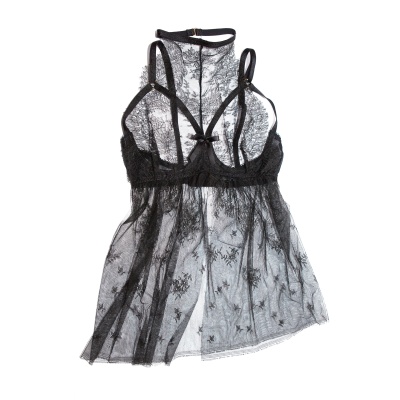
The re-use of antique and vintage textiles can lead to a difficult territory. Many individuals are of the school of thought that antique textiles should be left in their original state: that they’re a finite resource that should be treasured and not used indiscriminately in modern creations. A lot of these textiles are incredibly fragile and to try to use them once more is essentially to doom them to destruction.
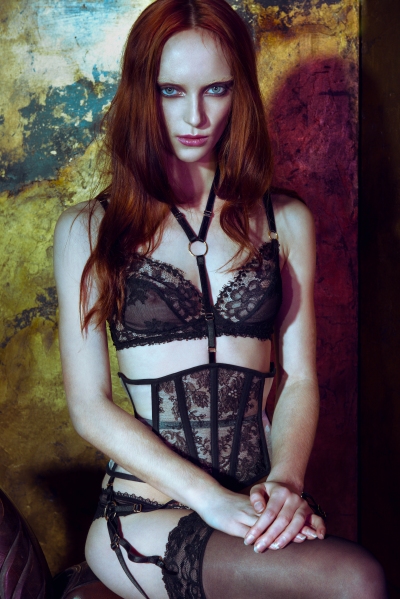
Whilst I understand this perspective, I tend to take a slightly different approach. If a piece of lace is already damaged then I feel that repurposing it is to give it a new life. If the damage renders the piece without function, then I will feel no guilt in putting it into a contemporary garment. Additionally, if the lace isn’t damaged but there is a large quantity of it available, I will equally feel no guilt. These laces would have originally been created to be used. If I have several metres of such a lace, then I will happily use some of it in my design work and then keep a metre or two aside for my personal lace collection.

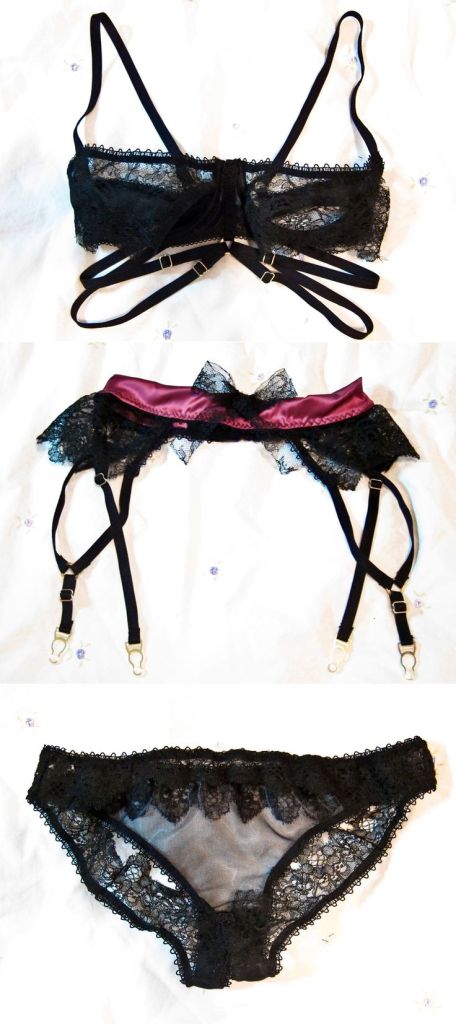
There is of course a major reason why I choose to use Victorian lace over its contemporary equivalents: it’s that much more beautiful. I covered this in part 1 of this series, but its quality and intricacy far outweighs anything produced by modern manufacturers. Nevertheless, I have to acknowledge that these antique laces are much more fragile than contemporary lace. They cannot be used indiscriminately; almost all of them are unsuitable for lingerie. I’ve only ever made a handful of lingerie that used antique lace in them. Two were one-off show-pieces that have never been submitted to the rigours of regular wear and washing, something they almost certainly wouldn’t survive. The remaining pieces didn’t survive.
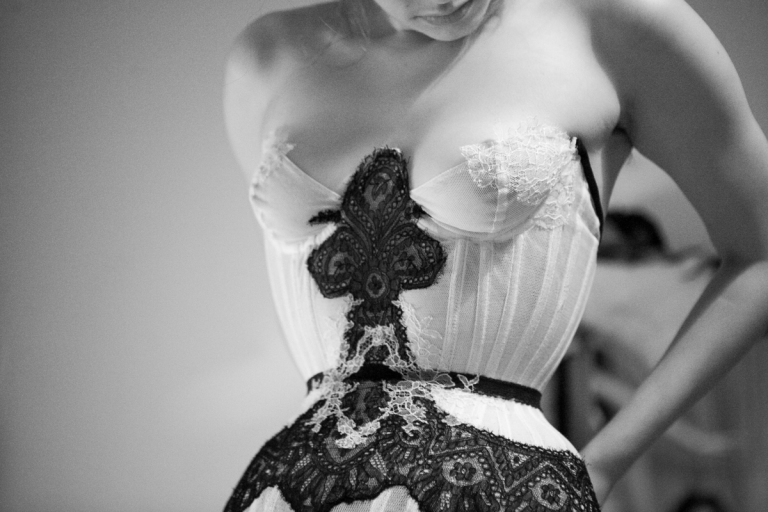
Fortunately, corsetry is a near perfect canvas for antique lace. The traditional rigid and sturdy base fabric of a corset removes most, if not all, of the strain from any lace used. And corsets are just such a beautiful way to showcase antique lace: whether as an overlay, like in my Erika waspie, or as intricately placed hand stitched lace appliqué, as I love to do in my one-off corset designs.
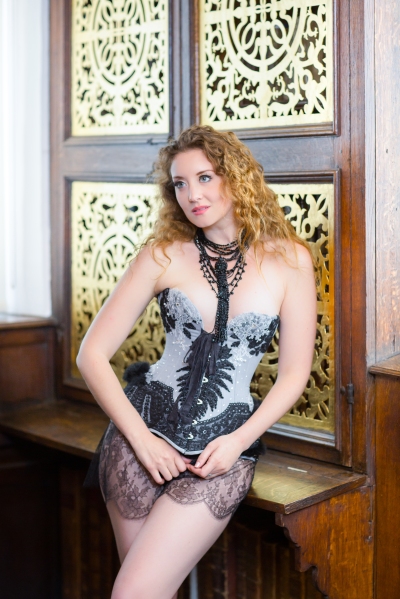
Of course, antique lace does come with its own challenges. Its fragility means it has to be handled with a great deal of care: appliqué has to be gently hand stitched. If used as an overlay, it can’t be unpicked without risking it totally disintegrating. But where would the fun be if it was easy?
Stay tuned for part 3 where I’ll be looking at some of my favourite pieces from other designers that use antique lace! ♥
Do you ever create new things out of old materials? Have you ever used antique lace?

I love this theory and all of your work with old lace! Thank you for giving these exquisite pieces new leases on life in a way that is very much appreciated by all who wear / see / admire them. Love your work!